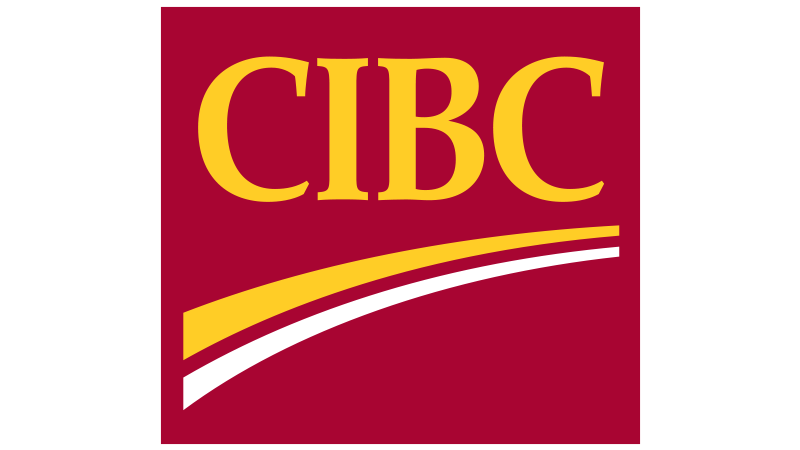Welcome to the world of business experience
Most businesses understand that the customer experience is everything. And today, that message is resonating louder than ever. In a recent study we conducted, 77% of CEOs said their company plans to fundamentally change how it engages and interacts with customers. This response recognizes that change is necessary for business growth, durability and relevance.
But the question is how do they change?
We’re evolving from a customer experience (CX) environment to a new environment where what matters most is the whole business experience (BX). What does that mean? Essentially, CX must transcend beyond marketing and customer service to permeate every part of the business — from the C-Suite to back-office functions like HR and logistics.
Customers seek a purpose to solve problems, answer questions or fulfill needs. They have high expectations around how quickly and easily those outcomes should arrive. How you help them defines your company. You establish a great experience not by what you offer, but by how well you enable your customers to achieve their most important outcomes and results.
The four winning ways
In our work with clients, we’ve discovered four essential actions that help businesses transform into truly customer-centric enterprises. Our research shows on average, BX-oriented companies have outperformed their CX-oriented peers in year-on-year profitability by at least six times in the past one, three, five and even seven years. We’ve found that BX leaders are far more likely to adopt four winning ways to consistently outperform their peers:
1. Obsess about customer needs and use that as your compass
Customer needs are constantly evolving (often unpredictably) and most recently, they’ve made a major shift. As a result, we should invest in ways to uncover customers’ unmet needs—no matter how small they seem and sometimes before they realize they even have that need. That entails having a real obsession with understanding your customers. How? By reading signals through data and research to truly understand what they say and how they behave. With that said, it has become absolutely essential to gather and share that data across every function of the business.
2. Imbue experience innovation into the company as an everyday habit
You can’t achieve experience innovation simply by improving CX touchpoints. More than half of leading companies—53%—say that customers expect them to continuously innovate with more relevant products, services and experiences while adapting to their needs and setting new standards.
Our research also shows that BX leaders are better prepared to innovate at scale. Nearly 80% of leading companies expressed confidence in connecting CX innovations to actual business results, such as boosts in sales or contract renewals. Canadian companies, however, appear to be lagging. Only 40% of them expressed confidence in connecting innovation to business results.
Generally, our experience shows that customer-centric companies are rejiggering operations and processes to deliver experiences designed to achieve positive customer outcomes and real human impact. As a result, they’re experiencing greater growth than their competitors.
3. Expand the experience agenda across your organization
BX leaders successfully meld the front office—sales, marketing, service and product functions—with the back office—HR, supply chain, logistics and more—knocking down silos in the process. They understand that BX is less about engaging customers at the usual touchpoints and more about engagement at every stop along the customer journey—even those the customer may be unaware of. Without a company-wide mandate to serve the customer, BX loses its’ teeth.
BX leaders are 53% more likely to build this organization-wide mindset. They ensure that every employee has a sense of ownership and understands the important role they play to contribute to a positive customer experience.
However, our experience shows that this part of BX is particularly tricky, especially for companies entrenched in doing things the same old way, silo to silo. Seamlessly bridging functions with one purpose—serving customers—requires figuring out how that experience is going to manifest itself in how an organization operates. In many cases, it requires a new operating and collaboration model that allows channels to function seamlessly with each other.
Additionally, many companies make the mistake of believing they can make this change quickly—say, within six months, when it is in fact an evolutionary process that takes place over time—sometimes years. We’re seeing a lot of companies in the process of this evolution—from telcos to retailers to financial services—all moving at a different pace.
4. Sync the tech, data and human agendas so that they all point towards a positive experience
A majority of companies in our survey—74%—say they’re completely rethinking their processes and operating models to be more resilient in a post-pandemic environment. For many companies that requires rethinking their tech operations. They understand that to enable customer-centricity at greater scale they must better integrate technologies, tools, data and processes.
These companies are building a stronger and more flexible technology infrastructure with elements such as cloud. They see their system as a stack with cloud at the bottom, enabling them to not only save costs, but to link data and people faster and more creatively.
Taking a holistic view and finding potential connectivity helps maximize returns. A refreshed operating model with a continuous approach to experience, efficiency and performance enables cloud’s agility and data relevance. All this contributes to the business of experience creating an ongoing value for your customers.
For example, we worked with Microsoft and French grocer Intermarché to create centralized “data factories” that highlight individual customers’ desires and needs that would deliver operational and business efficiencies while increasing consumer value.
Expanding the experience
Brands that already had a strong BX factor pre-COVID were far better positioned to continue delighting customers even during the crisis. One major Canadian grocer, for example, had a long-established curbside pickup and delivery system, initially dubbed “click-and-collect.” The company was able to successfully meet the demands of the health crisis because it had years to perfect its eCommerce and pickup system before it became a real necessity.
Other major brands are retooling their CX systems in light of the pandemic. McDonald’s recently announced an initiative called “Accelerating the Arches” aimed at beefing up its drive-through, delivery and digital efforts. The company’s CEO said the initiative is based on obvious customer needs changing due to the pandemic and shaping the brand to reflect customers’ values.
Similarly, Burberry, a nearly 165-year-old luxury fashion brand, recently announced an initiative aimed at supporting youth programs and charities. The undertaking features famous fashion, dance and sports figures encouraging young people to pursue their aspirations and overcome adversity.
What do these companies all have in common? They’re focused on the outcomes their customers want. They’re using the data and technology at their disposal to ascertain and deliver on those desires.
Burberry, McDonalds and other brands are leading the way in BX by building the bridge between their organizational intent and what the customer eventually experiences. They’re asking, “Where do our customers come from?” early on in the process as part of a broader effort to align their corporate culture with their customers through the very lens of experience.
Gregor Barry
Managing Director – Accenture Interactive Lead, Canada
ACCENTURE
Gregor Barry is Accenture’s Canada Lead for Accenture Interactive. Gregor leads a team of consulting, marketing, and technology practitioners who are helping clients transform their brands through experiences. With over 18 years of digital strategy and marketing experience, he has led large scale transformations for clients in the US and Canada. He holds strong experience in digital strategy, marketing, customer experience design, digital media, and innovation. Gregor studied at Queen’s University and the Tuck School of Business.
















